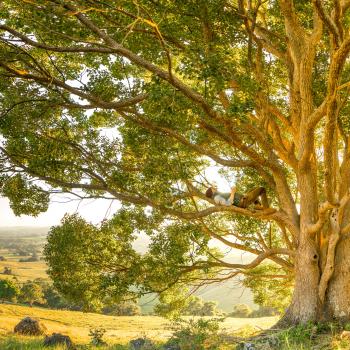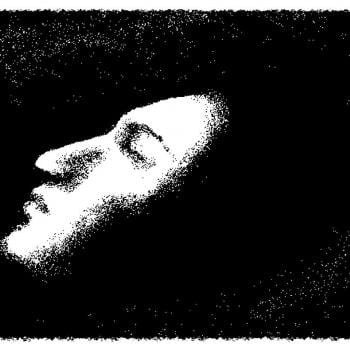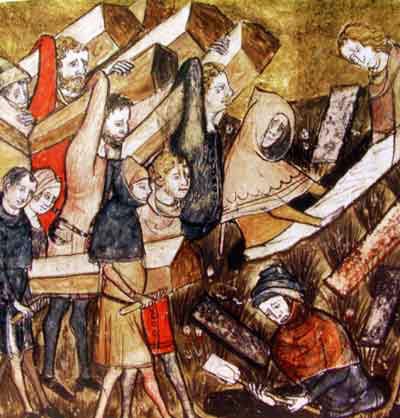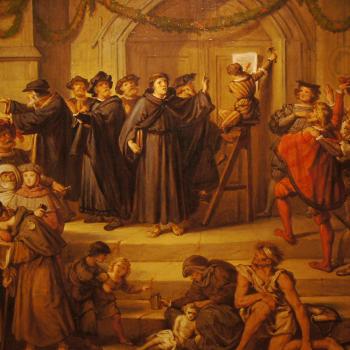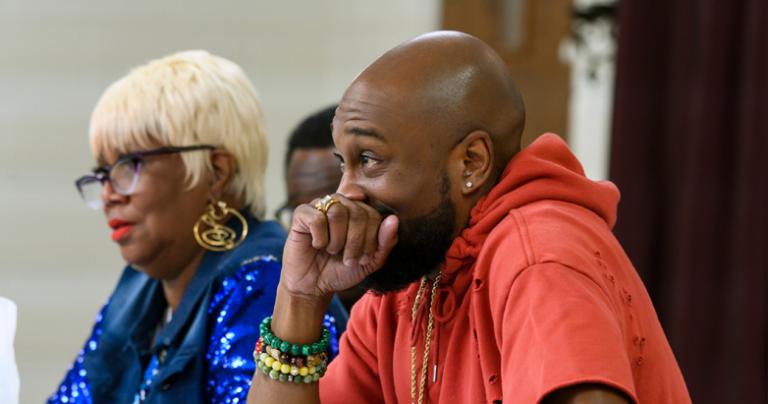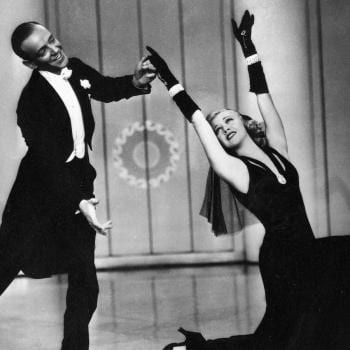- Trending:
- Pope Leo Xiv
- |
- Israel
- |
- Trump
- |
- Social Justice
- |
- Peace
- |
- Love

RELIGION LIBRARY
Scientology
Ultimate Reality and Divine Beings
Esoteric religion generally begins with an analysis of the human predicament, which is followed by a proposal of a way out and advice on how to live in the meantime. God is seen as remote from the world, with the aim of the religious life being the journey back to unity with God. The universe described in many of the ancient and medieval esoteric systems is filled with a variety of angelic and demonic beings. Such beings continue to inhabit some modern esoteric systems, but even within the esoteric community they have largely been explained away in psychological terms or simply abandoned.
Dianetics began with a description of the mind: the analytical mind, which operates under normal circumstances -- receiving data, analyzing, thinking, creating; and the reactive mind, which takes over in time of stress or trauma. The reactive mind merely records and stores. The often-aberrant images it deposits in the subconscious explain much of the negative reality that humans experience. Dianetics (the first phase of Scientology) is concerned with facilitating the individual's search of the memory and negating the power that the images stored in the reactive mind exercise in distorting the present.
As Hubbard observed the inner processes, he diverted his attention from the mind to the entity that was observing the mind's activity. This entity he called the thetan, and ultimately he came to see it as the true essence of the human being, the spirit or soul. In observing the operation of the thetan, he did not find it in communication with other disembodied entities -- either the spirits of the dead or the mass of non-human entities one encounters in various previously existing religions.
The thetan, though encumbered and hence in need of assistance, seeks to survive. In describing the nature of the soul's striving, Hubbard came to portray the nature of the universe as a set of ever more encompassing realities -- the eight dynamics. The dynamics organize existence into ever-broadening views of one's place in the world and also explain how, as the individual becomes more successful in living his or her life, she or he also develops an ever more moral and spiritual vision.
The thetan initially seeks to survive as an individual self. The concerns of the first dynamic would thus include everything from gaining food and shelter to the accumulation of possessions and concern for one's own mental and physical health. Having met basic personal needs one can look to the future and create new value. The second dynamic, creativity, thus encompasses one's family including sexuality, the birthing and care of children, and all activity for the preservation of the family unit and its role of projecting the self into the future. The third dynamic is similar to the second, as the thetan sees survival through larger social groups -- groups of all kinds from friendship circles to nations. Working with the third dynamic, one sees the potential and good of human social activity whether in interest groups, political associations, or the many institutions of society. One also sees the limitations of social identifications with ethnicity, race, or community when not informed by the concerns with additional dynamics. The fourth dynamic points the thetan beyond his or her community, state, race, nation, religious group, or gender to all humankind -- the species. The fourth dynamic calls attention to the drive to survive as the common cause of the human race.
Hubbard developed his descriptions of the first four dynamics as he pursued his basic observations that led to Dianetics. The remaining dynamics came more fully into view as he created Scientology. While working on Scientology, for example, he gained a greater appreciation of all of life and of the human interdependence with it, and described the fifth dynamic as survival through the survival of all life forms. The fifth dynamic suggests the sixth, namely the environment in which life is found, the physical universe.
With the seventh dynamic, the observation about survival enters what is traditionally the religious realm. Hubbard saw this dynamic as the spiritual dynamic. It would include anything specifically nonmaterial, and include the world of ideas and concepts and consideration of the source of life. Finally, one makes the jump, in the eighth dynamic, to a consideration of the All (Hubbard used the term Infinity). Here is where speculation about a deity (a Supreme Being, Creator, or First Cause) would arise. Scientology has been very clear in allowing a wide spectrum of belief about the nature of ultimate reality and seeing the individual as free to conceive of it as seems best to him or her. Beyond posing the existence of the eighth dynamic, the church has no set teachings describing its nature.
Study Questions:
1. What is the role of Dianetics within Scientology? How does it replace notions of a Divine figure?
2. What is the thetan? Where does it exist, and what is its purpose?
3. What are the eight dynamics Hubbard discovered? Where did religion fit in?


